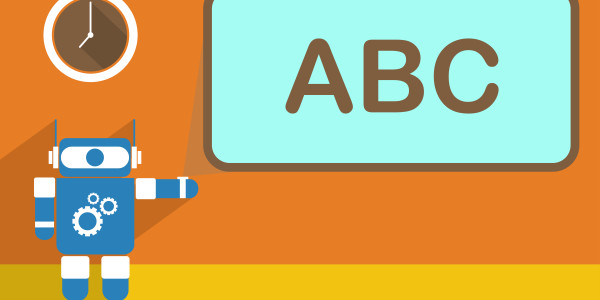Servo motors have made some pretty amazing things possible over the years. You don’t fully appreciate servos until you consider that most robots, or anything that incorporates motion control, use servo motors. Not only are robots cool, but they make life easier for human beings, and that’s made possible by servo motors.
Just think about all of the incredible things made possible by servo motors.
You have industrial robots that can build just about anything. There are automated vehicles that can drive themselves. There are even robots that can provide you with a hot cup of coffee, or whip up a nice, tasty bisque for your fancy dinner party. And now, there’s a new addition to the list of amazing things that robots can do.
The Massachusetts Institute of Technology is sponsoring a National Science Foundation grant that hopes to promote language and learning skills in preschool children. The ultimate goal of the grant is to “foster the development, learning and promotion of academic achievements and the well-being of children.”
A grant that supports education and promotes learning, albeit an ever-worthy cause, might not seem all that revolutionary or groundbreaking, but what makes this grant so interesting is how that grant money is being used. So far, the grant has awarded $440,885 to develop “social robots”.
The research project is dedicated to developing social robots (or “autonomous personalized social robot tutor-companions”) that can teach children in an interactive way. They’re basically little robo-buddies for preschoolers. They are designed to play and learn with children and engage with them “physically, socially, and emotively” as if they were just two little preschool human companions.
These robots will be used at multiple different preschools for 9-month periods to determine what effect these interactions have.
The project will take a look at what how these social robots might affect language and learning skills. This is certainly an interesting approach towards both learning and robotics, and the results will provide some valuable information in how we learn, as well as human-robot interactions.



